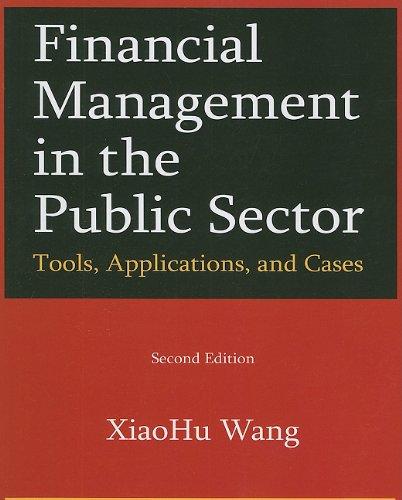Ben Marshall would like to retire at 65. At 50, he doesnt know if he can walt that long, but he does enjoy some aspects of his job as an archivist. His wife, Ann, is a dressmaker. In retirement, Ben and Ann dont plan to be very active. Thery thoroughiy enjoy their fiouise, working in the garden, or doing interior renovation jobs during the winter months. Their retirement income whil be made up of his defined-benefit pension benefics, her group RRSP, income from their other investinents, and cpe benefits. To be conservative., they whil ignore any old age security (OAS) benchis and consider this as extra should it stin be available upon their retirement, given the level of federal govemment spending and debt levels. Ben projects he will receive a CpP benefit of $800 a month at age 65 , and Ann, who has not warked full-time, will receive only $400. Ben's empioyer pension will be $22,000 a year, and Annis pension contubutions were invested in a group RRSP (induded in the total investments amount below), Qurrently, their registered investments (RRSP and group RRSP) total approximately $150,000 in a misture of stocks, bonds, and mutual funds, which is part of their retirement planning. Based on their current expenses, Ben and Ann estimate they will need about 552,000 at the beginning of each year, after tax, in today's dollars, to do all the things they want to do. This includes an amount to help support their godoaughter, who has a disability and to whorn they have been sending monthly amounts. For planning purposes, they are estimating a life span of 85 years of age for Ben, an inflation rate of 2%, a fax rate of 20%, and an investment rate of return of 6%, compounded annually, on their registered investments before and after retirement. The 6% return ha oeen estimated based on their preferred asset alle cation. ow much will the Marshalls have to save each year from now untal Ben's retirement in order to meet their retirement goal? Please s explain your work. You might want to create tables for your







